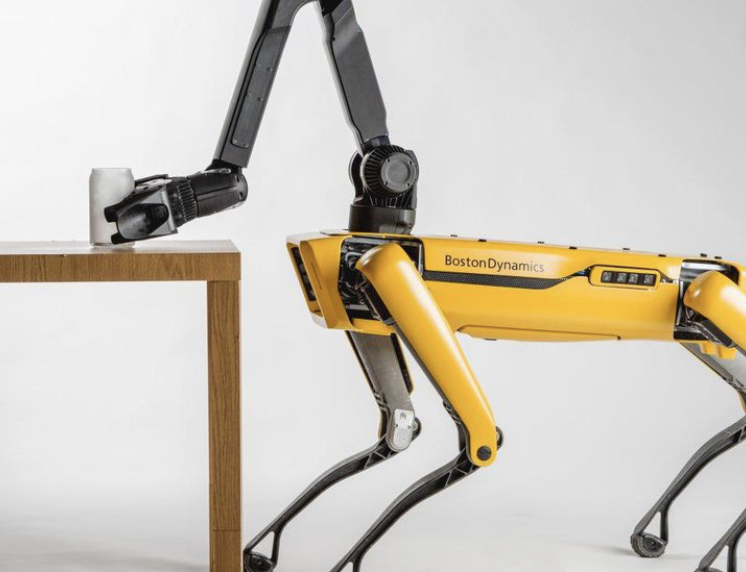A few months ago, Elon Musk announced his plan to build some fascinating mind-reading implants. This year, in July, he confirmed that his start-up “Neuralink” has designed and developed a wireless implantable device that can connect to the human’s mind (Neuralink, 2019).
Musk’s motivation to create this device is that he is convinced that there is an “existential threat” posed by artificial intelligence putting human beings at risk of being surpassed by this technology.
According to Neuralink’s statements, they have already been able to test some prototypes which get implanted into the human brain in order to detect neuron activity. Technology advances have allowed Neuralink to create “threads” of the size of a hair, allowing a very precise injection at specific targeted brain parts. These so-called “threads” connect to brain cells and amplify the signal created by them, allowing subjects to, for example, control a computer with their brains. The signals created by these “threads” can also be downloaded and processed by a “software ecosystem” (Neuralink, 2019) allowing the software to translate these connections into actions that need to be performed on a certain device. Musk confirmed that some experiments have already been performed on rats and they are planning on the next phase of testing on monkeys with the aim of getting an approval from the FDA in 2020.
It is quite logical to think of this device as a mind manipulation device and dig into conspiracy theories but from my perspective, this is a new level of customer segmentation. This tool will become extremely handy for companies to know exactly what the customers want, and what they are willing to pay for it. Currently, companies gather data of things we searched for, and can easily push notification through their online channels to sell us a product. These mind-reading implants are a game-changer. They could potentially allow companies to know what the consumer is thinking about and therefore customizing their offers. Sure that big data already allows this is some scale, but there is so much more we keep in our minds that and we don’t search on google which will definitely open many doors.
References:
Neuralink.com. (2019). Neuralink. [online] Available at: https://www.neuralink.com [Accessed 15 Oct. 2019].
Wong, J. (2019). Elon Musk unveils plan to build mind-reading implants: ‘The monkey is out of the bag’. [online] the Guardian. Available at: https://www.theguardian.com/technology/2019/jul/17/elon-musk-neuralink-brain-implants-mind-reading-artificial-intelligence [Accessed 15 Oct. 2019].


